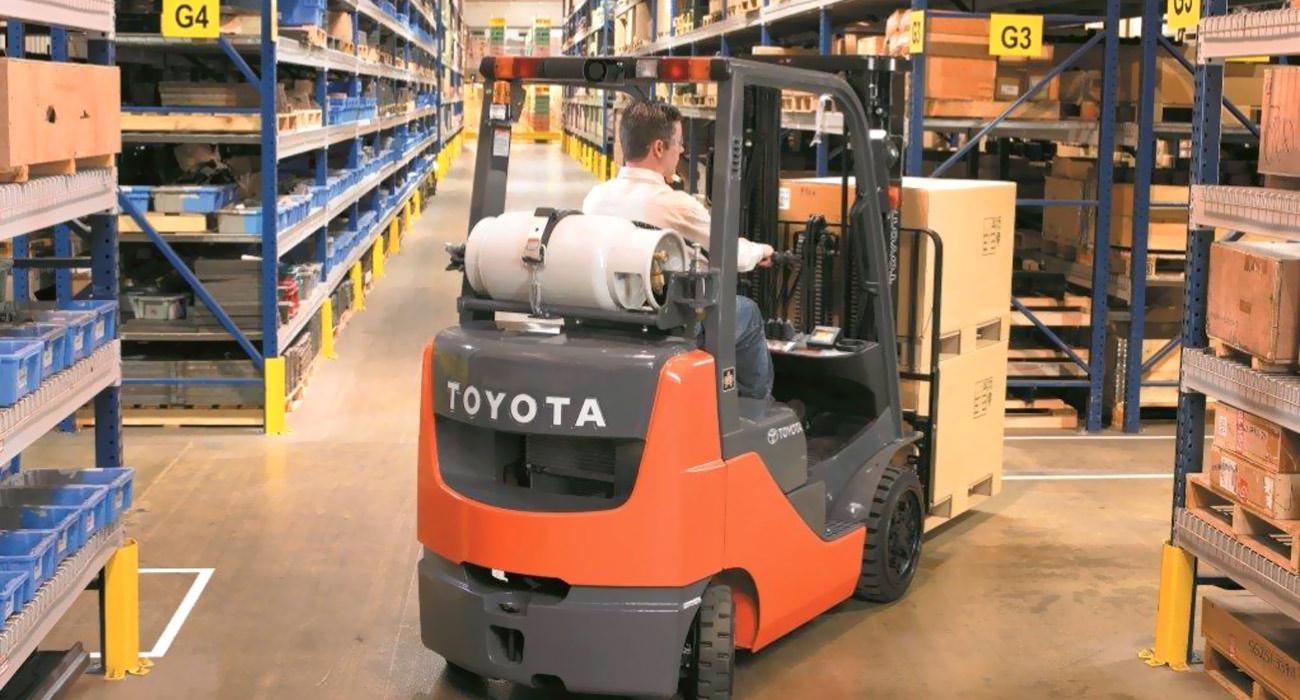To ensure the safest use of your forklift, it is important to properly install the propane tank on it. Propane forklifts are often used in construction and warehouse settings. Propane forklifts are not as easy to maintain as gasoline tanks, but with a few simple repairs, you can have your propane tank back in operation in no time. Here are some tips for properly installing the propane tank for forklift:
Propane forklift tank are the most popular type of propane forklift fuel, but you should also be aware of the safety risks that come with using this fuel source. Propane is flammable and can cause explosions. Moreover, the vapor produced by the tank can displace oxygen in the air. If workers breathe in this vapor, they can suffer from headaches, nausea, and other physical symptoms. Propane forklifts are not suitable for all workplaces.
Propane forklifts use 33-pound tanks for their power needs. This tank is meant for liquid service and must be mounted on the forklift before use. When properly installed, 33-pound propane forklift tanks can give the forklift up to seven or eight hours of non-stop power. The size of your tank is important, and it is also important to ensure it’s compatible with your forklift’s mounting bracket.
Propane forklifts have eight-gallon tanks and may run for as many as 8 hours. Some have up to ten-gallon tanks. These lifts are generally eight or six-cylinder models, and the propane tank life depends on how large your lift is. The eight-gallon tank may be good for eight hours of operation, while a 10-gallon tank may last up to six hours.
Compared to a steel forklift propane tank, an aluminum tank will not produce rust scale and will not eat through your forklift’s cylinder wall. This rust scale can clog up the forklift’s gas intake system, which leads to poor operation and even breakdowns. You should never run out of propane before you need to. The last thing you need is to spend too much money for your forklift.
Propane forklift tanks have several features that make them safer to use. A good nameplate includes the manufacturer’s name, capacity, weight, and the ASME specifications. A tank must also have a protected regulator, which lowers or raises the pressure. Propane tanks should also be protected from damage by making sure they are properly protected with covers. Propane tanks should be made of sturdy, corrosion-resistant material like aluminum or steel.
Forklift propane can be dangerous if the propane is not stored in the tank. Using a forklift with a propane tank will make it impossible to use a gas grill. Propane forklifts also have different connections from the propane unit, so it is best to use a propane unit with an extra tank. The extra tank can be swapped out if it is damaged. If the propane tank does explode, it could result in serious injury or death.
Another advantage of propane forklifts is that they can be refueled in a matter of minutes, which means less man-hours spent refueling. Furthermore, propane is cheaper than fuel and comes with safety valves. Propane forklifts require less maintenance than their gasoline counterparts, so they’re a good choice for many businesses. So why not take advantage of the benefits of propane forklifts?
In addition to reducing emissions, propane forklifts also increase productivity. Propane will help you meet your targets for higher productivity and reduce costs. Propane will not slow down your operations or break the bank. In fact, you can run a forklift for six to eight hours between refills. If you have to refill the tank often, consider using an automatic propane delivery service. A nationwide propane vendor is AmeriGas and Ferrellgas.

